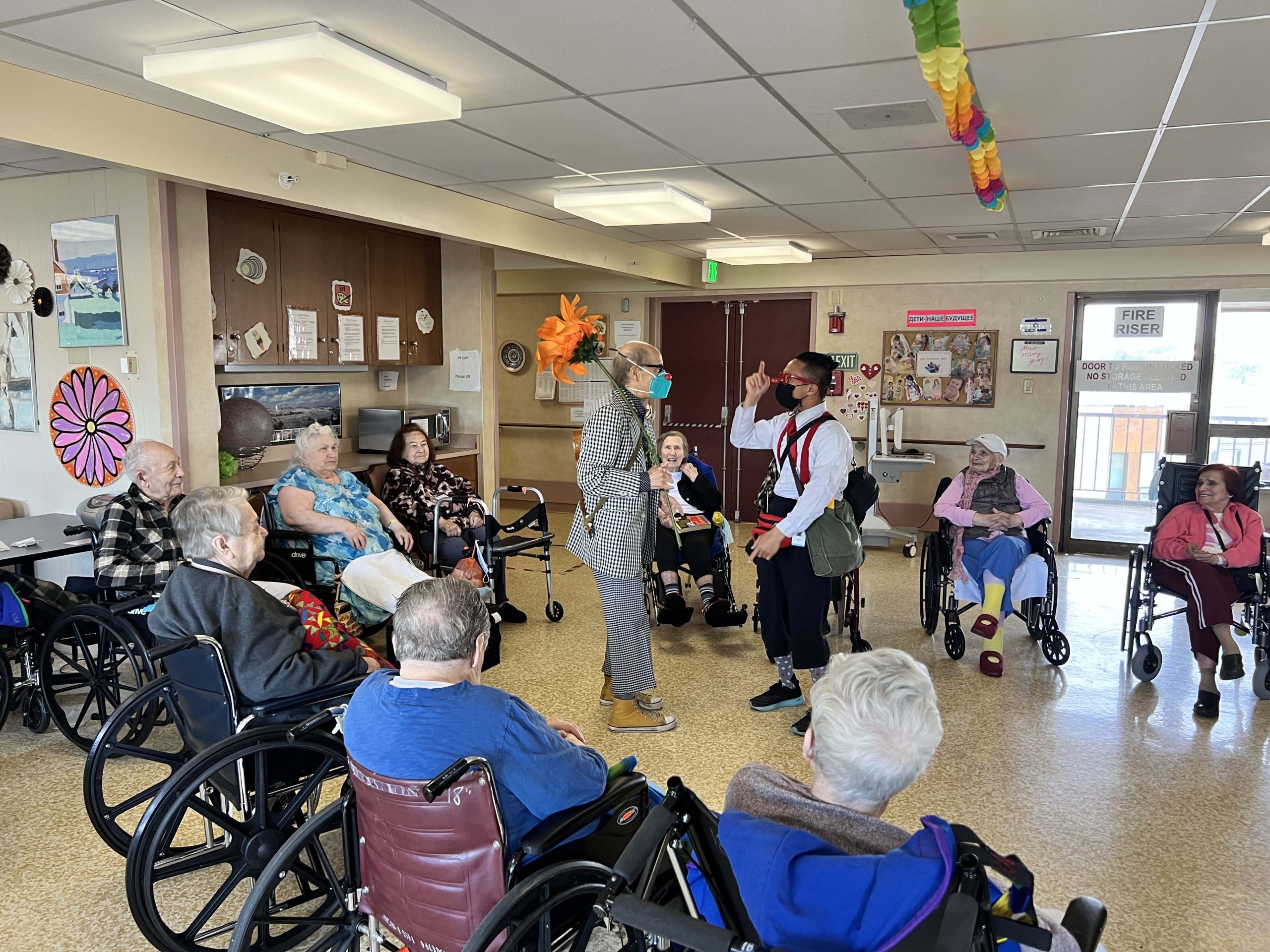It started with sleeping in the bedroom then attic then garage: Exploring unexpected uses of space spurs architectural career
At an early age, Wendy Bertrand developed a fascination with the use of space in and around buildings, particularly the out of the ordinary. It all started with sleeping arrangements in her childhood and summers spent in Mexico.
When she was six, her divorced mother bought a vintage 1918 cottage in La Jolla, Calif. Initially, Wendy and her sister slept in bunk beds in the tiny bedroom, with her mother taking a corner of the living room surrounded by her folk art. When Bertrand was nine, her mother, who encouraged her to make her own decisions, granted her request to turn the attic into her bedroom.
But after two years. she wanted to make the detached garage her bedroom, convincing her mother to close it in. She’d had enough of the attic whose ceiling was so low her hair caught on the rough rafters when she sat up in bed. In the spring and summer, she and her sister or a friend slept in a tent on the back lawn.
“Changing where I slept made me aware of how places can be used differently,” said Bertrand, now 79.
Summers spent in Ajijic, near Guadalajara, with her mother and sister opened her eyes to even more variations on home spaces. In La Jolla, houses were dotted on rectangles of land with random vegetation; in Ajijic, they were hidden behind adult-high, whitewashed walls overflowing with bougainvillea.
When she took career counseling tests at age 22, architecture was high on the list of options.
By this time, she had traveled the world, become proficient in French during two years at the University of California-Santa Barbara and was living in France with the man who was to become her husband. She began studying architecture at the Ecole des Beaux-Arts in Aix-en-Provence and then in Montpellier.
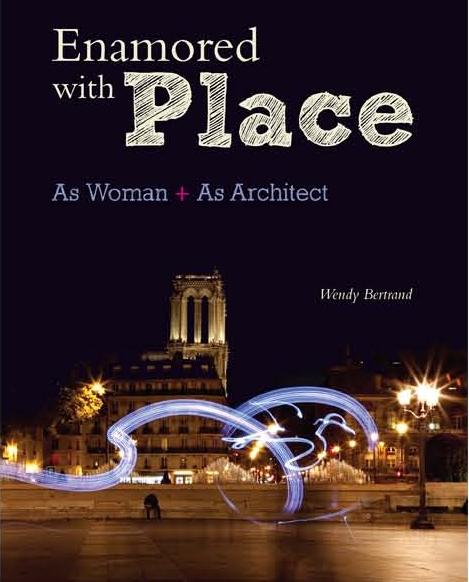
She went on to earn a master’s degree in architecture from the University of California-Berkeley and forged a career in architectural project management with the U.S. Navy. Since retirement 27 years ago, she has been spinning yarn and weaving carpets – she was an expert seamstress and knitter as a youth – connecting with her daughter, a New York artist, and distributing her 2012 self-published book, “Enamored with Place: As Woman + As Architect,” to anyone who requests a copy through her website.
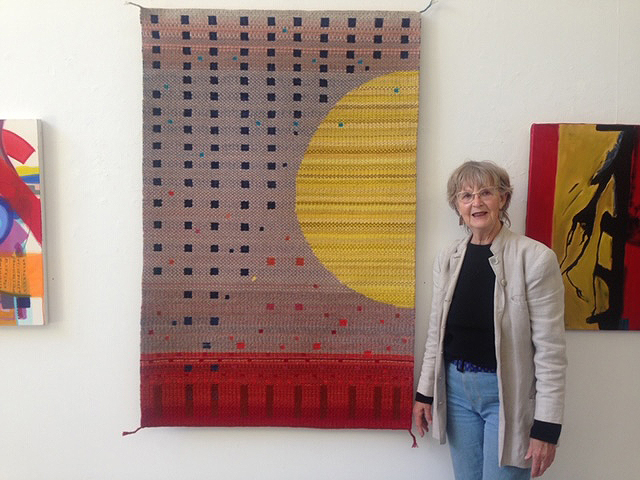
Bertrand considers herself a “feminist architect,” similar to feminist economists and feminist geographers. In 2016, she attended the Architecture Feminisms Conference in Sweden.
“I pay attention to women’s issues in the built environment, of social, political and economic concerns, reading the latest scholars and architectural feminist historians,” she said.
Awakening to inequities in architecture
In the late 1960s, only three percent of licensed architects were women. Bertrand witnessed this firsthand while visiting a building site as part of a course for her bachelor’s degree in architecture, completed with honors at UC-Berkeley in 1971. “I asked the lead inspector why there were no non-whites or women on the project?” The inspector told her they just don’t exist, and she was the first girl student he’d seen out there.
Women still make up only 18 percent of the profession – for several reasons, Bertrand said. “The profession links to the construction industry, which is male-dominated and conservative. Engineers and construction contractors don’t like to take orders from a woman, so the pressures are on her to be outstanding.”
Such inequities prompted her focus on women’s issues in her studies. She focused her master’s program on “Social and Behavioral Factors in Architectural and Urban Design.”
Once she joined the workforce, one of the first things Bertrand did was to help establish the Organization of Women Architects and Design Professionals. It was one of the first women’s professional architectural organization in the country.
Bertrand was entrenched in feminist thought when in 1973, she and a few other women decided to start OWA to combat discrimination. “We created a horizontally run organization where every woman had a say, and we frequently rotated duties,” she said. “We openly discussed subjects such as salary, studied laws, invited speakers and did extensive reading.”
They also talked about behavior and dress. It was important to look as well as act professional. They adapted the fashionable business look of the ’70s: tweeds, tailored jackets with pants or short skirts.
A life forged from self-confidence
Her self-assuredness was modeled early on by her single mother, able to take summers off from her engineering job because she persuaded her employer to rehire her each fall. Raised by a single mother – with no father, uncles or brothers to share the lead – Bertrand developed an early self-confidence and resourcefulness. She became fifth-grade class president. She sewed her own clothes and knitted sweaters and was named “best-dressed” her senior year. For a while, she considered a career in fashion.
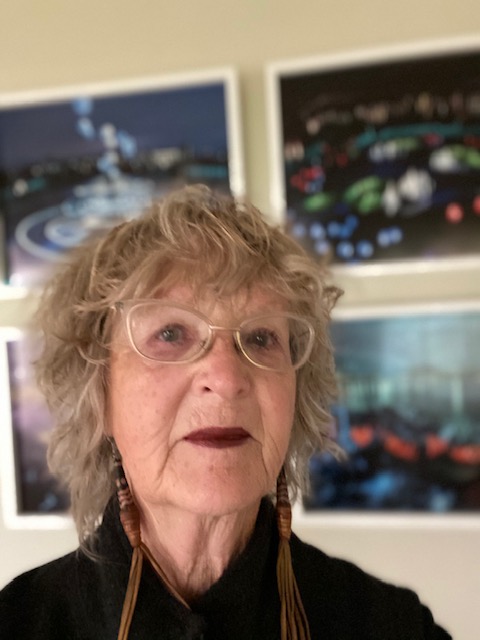
When she was old enough to drive, she bought a 1931 Model A Ford with her restaurant earnings and learned minor car repair. She also joined the all-male San Diego Model A Club. “The car intrigued me more as a designed object than as transportation,” she said, “and so began my lifetime fondness for elegant old cars, especially French ones.” She has owned six Peugeots and two classic DS Citroens.
That pluck extended even to the deepest personal matters. She returned from France to attend UC-Berkeley, hoping her husband would follow her. But when he instead suggested she come back and join him with a woman he was now living with, she divorced him, got full custody of their daughter and embarked on her master’s degree. “I loved everything French, except the ménage à trois,” she said.
Bertrand finished her architectural training during the recession of the early 1970s. After a short research project on the opening of BART, she chose a civilian job with the U.S. Navy as her best chance for security and a place to accumulate all the skills needed for architectural licensure. At 31, in 1973, she began working, “anxious to get started,” at the Western Division Naval Facilities Engineering Command. WestDiv is responsible for the planning, design, construction and administration of new facilities and large repair projects to support the navy, marine and air force bases in nine western states.
Given her advanced degree, Bertrand was chosen for a year-long training program rotating to different parts of the division. The program, after which she was promoted, stoked her interest in the management aspects of organizational effectiveness. “Many architects and engineers prefer the technical aspects of project design, but leadership suited my temperament, and I liked organizational design.”
Creating the home environment
She focused her architectural talents on her home life in 1975 when she bought and fully remodeled an 1870s Victorian perched on the side of a hill in Noe Valley where she lives today. She expanded its floor space and turned the unfinished basement into a full flat that she rented out, allowing her to retire at the age of 52. Many years later, she bought and also remodeled a 1930s cabin in Gasquet, Del Norte County.
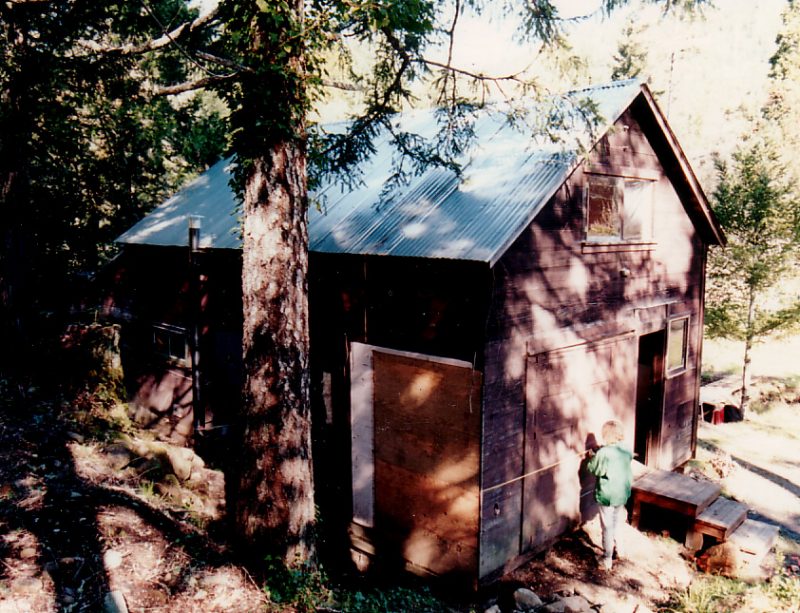
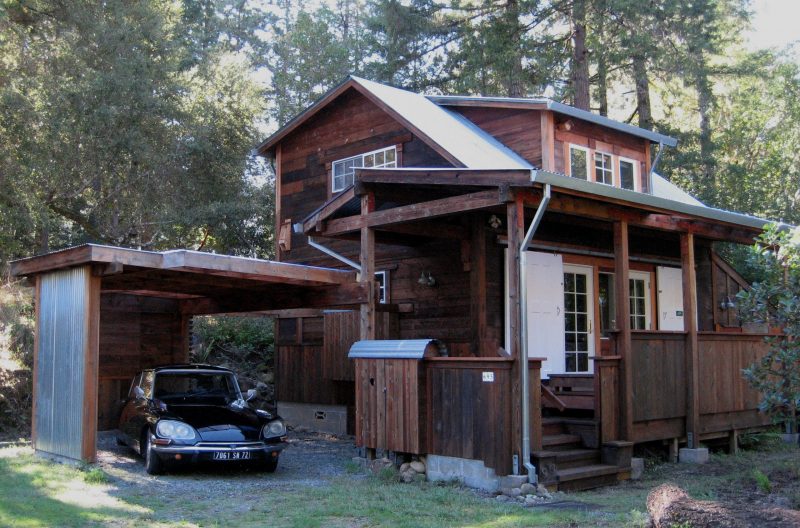
Set on a tree-lined lane across from the Smith River, whose banks were covered in orchids, wild grasses, yellow wildflowers, and columbines, it reminded her of childhood visits to her grandmother Lydia in Brewster, N.Y. They “were my introduction to the pleasures of rural living,” she said. “From her I learned about the advantages of changing houses with the seasons.”
Making the workplace more inclusive
At work, she tried to make the environment more inclusive, flexible and democratic. With only two weeks at WestDiv, Bertrand petitioned for an extra half-hour at lunch time once a week so architectural graduates could study for their licensing exams. When she found out about plans to change their office-seating layout, Bertrand proposed an anonymous survey to discover what both supervisors and non-supervisors wanted. “Asking employees their opinion seemed new to them and posting the results for everyone to see was outright revolutionary,” she said.
And she wasn’t intimidated when a captain’s wife complained during her first big job, administering a painting contract for more than 100 housing units for officers and enlisted men on Treasure Island. The master plan called for the colors olive green, mustard and cream, but Bertrand had some leeway. So, because the Captain’s house was darker than its neighbors, which were painted cream, she chose a darker golden mustard she thought would cover it better.
The captain’s wife didn’t like it. Unshaken by higher rank but empathetic to the woman’s feelings, Bertrand told her in person that a repaint would cost more money. “We spoke openly and directly in OWA, so I was used to communicating this way,” Bertrand said. And the captain’s wife agreed the color would be okay for the few more months of their stay.
But with all her success, Bertrand’s time at WestDiv was marred by lack of promotions.
“Gender seemed to be the only mysterious difference in my ability to transverse the promotional slopes toward management even though I had armed myself with extra skills, state-of-the-art strategy, high-ratings and had proven myself on all sorts of professional terrain,” she said. During her 12 years at WestDiv, she was passed over three times for supervisor positions given to white men. “For me, advancement was the commonly acknowledged sign of growth, recognition and influence. It was more important to me than pay.”
So, she jumped at the chance to build her own architectural branch at the San Francisco Navy Public Works Center. Its function was the same as WestDiv but its projects at the time were smaller and limited to the San Francisco Bay Area.
Becoming a leader
“I was thrilled because I jumped from worker to leader, she said. Bertrand said she made meetings interesting, got people to speak up. “Week by week, month by month we discussed our way to consistency,” she said. “Facilitating mutual support among staff had never been a goal of the male bosses I had experienced.”
Projects poured in. “One of my best ideas was to divide my branch into subgroups, which included one senior architect to be available to the others,” she said. When a project came in to remodel a large dining facility at the Naval Air Station in Alameda, Bertrand set up a three-group competition among her architects. Then she let the sailors’ pick their favorite, and it won PWC its first award in a Navy design contest.
She’d been on the job for five years when Congress passed the Base Closure Act, prompting her to explore her work options. In 1991, she went to work for the U.S. Forest Service Region 5 headquarters in San Francisco. And when, after three years the agency began reducing its rolls nationwide, Bertrand took the incentives for retirement. She was 52.
She took up spinning yarn and weaving rugs in her Gasquet studio until the driving back and forth became too much. In 2018, she sold the Del Norte property she had cherished for 25 years. And, after breaking her wrist twice and with arthritis settling in, she had to stop weaving.
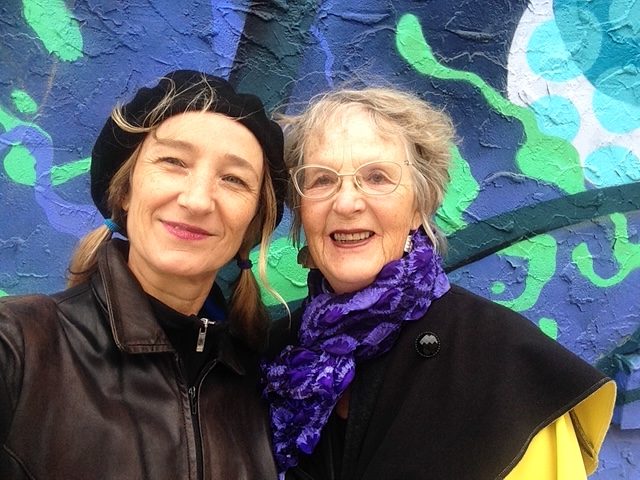
These days she fills her time keeping up with her daughter, reading feminist literature and staying on top of social inequities in architecture, including racism in the design of buildings, cities and in the workplace.
And promoting her book, she said. “It’s a memoir from the life of an everyday, short-skirted architect interested in social justice.”





